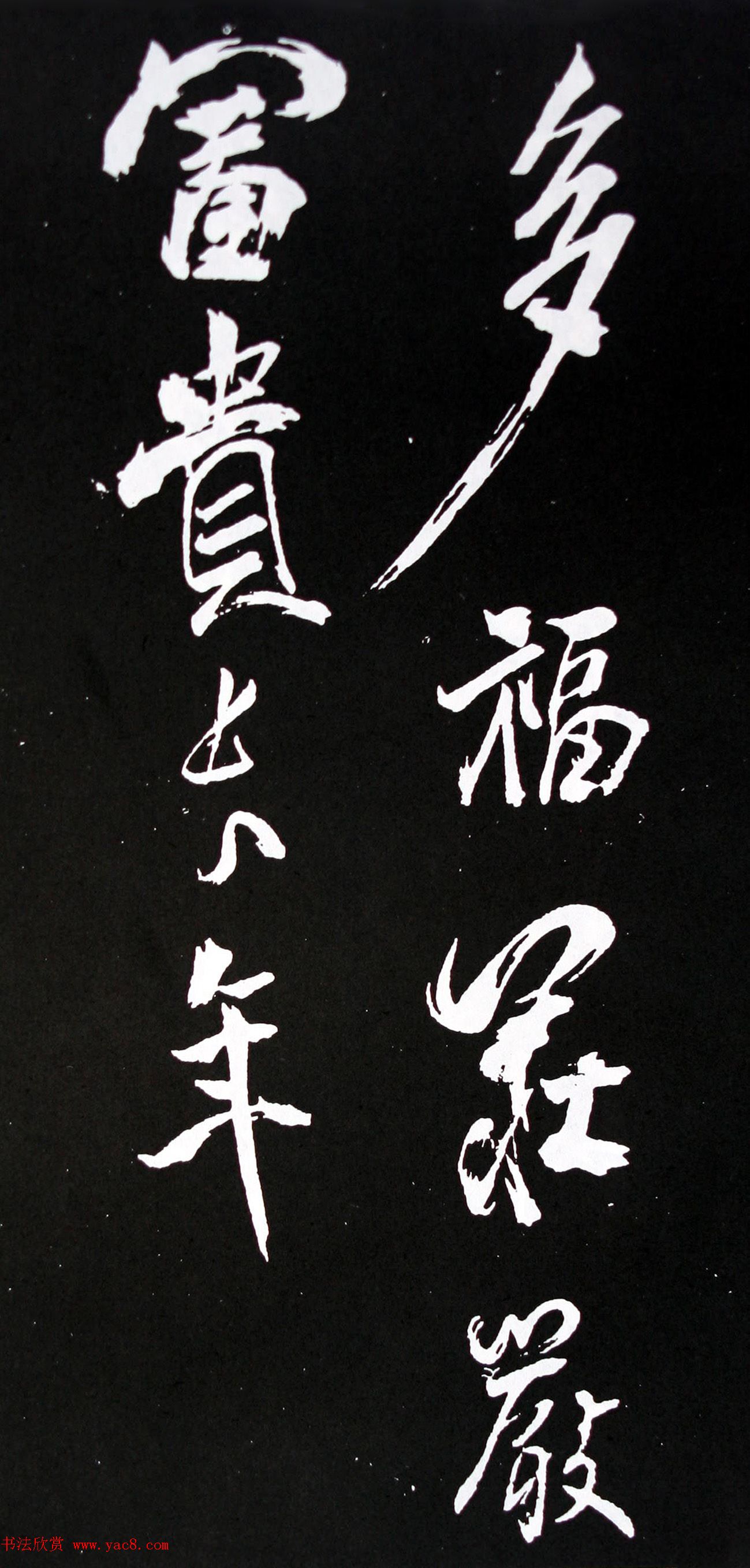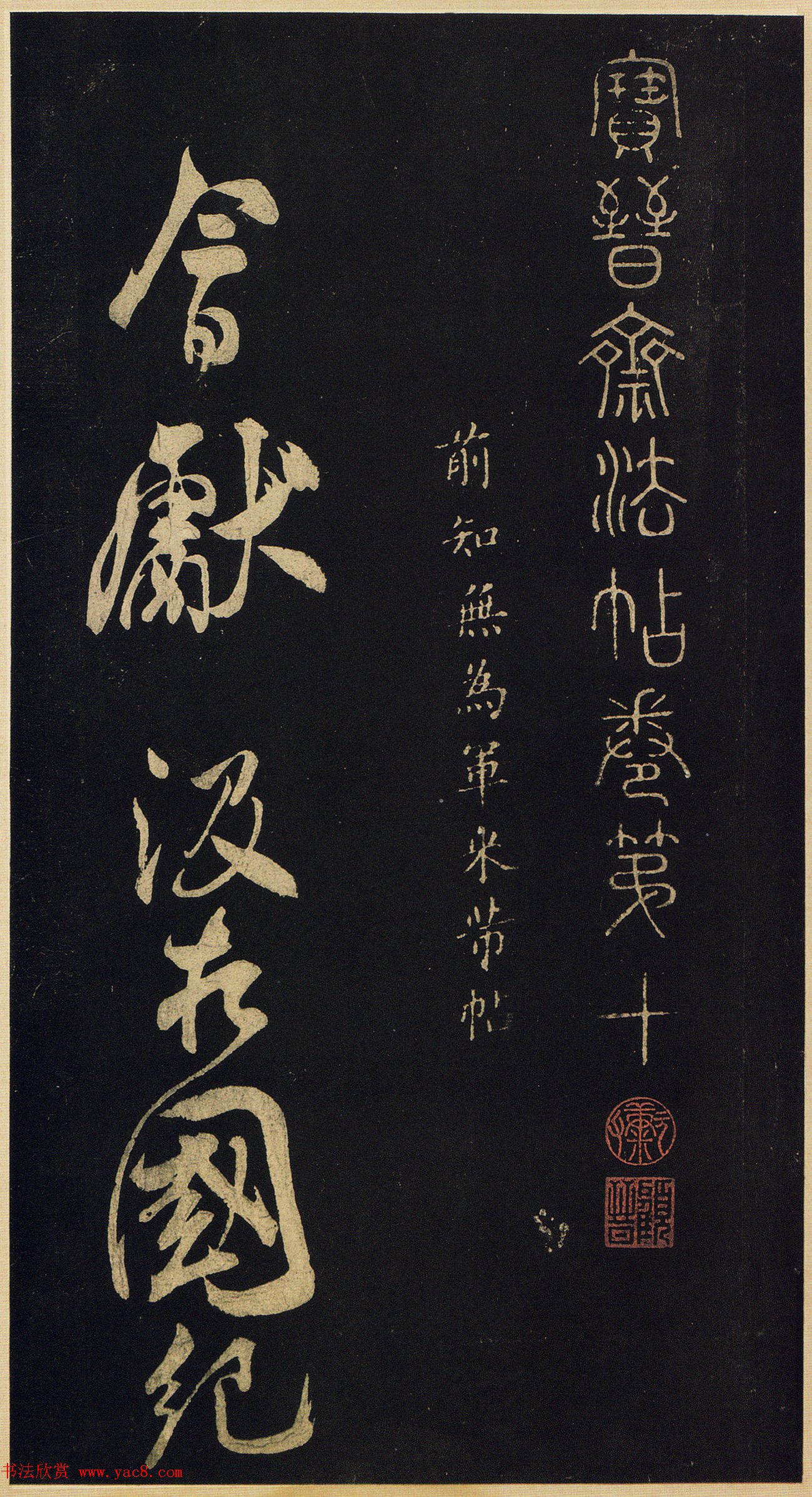在一个宁静的夜晚,一位年轻的数学家 sits alone in his dimly lit study, staring at a piece of paper with the number 352 scribbled on it. The digits seemed to dance before his eyes, each one holding a secret waiting to be unlocked. He knew that this was more than just a simple number - it held the key to understanding the fundamental nature of mathematics itself.
As he delved deeper into the mystery of 352, he discovered that it was not just any ordinary number. It was a perfect cube - 12 cubed equals 1728 and when divided by 3 gives us exactly 576, which further divides evenly by both 2 and 3 leaving us with an even smaller fraction: (1/2) * (4/9) = (2/9). This is where things get interesting because we have now reached our original number: (2/9) * (1/3) = (6/27).

The young mathematician realized that there must be other numbers like this one hidden within mathematics' vast landscape. And so began his quest for answers.
One day while browsing through an old book in the library, he stumbled upon another fascinating fact about numbers - every integer greater than or equal to two can be written as the sum of three cubes in only one way! But what if we were looking for ways other than adding? Maybe subtracting could yield some insights too?

He spent countless hours researching different combinations using addition and subtraction but couldn't find anything remarkable until he noticed something peculiar while playing around with fractions:
(5^3)/7 + (-4^3)/11 + (-3^3)/13 = (-5)^(-1)

Now here comes an important part:
(-5)^(-1) / ((-4)^{-1})^{-1} = (-5)/(4*11)

And finally,
((-5)/(411))^-10 * ((-411))^10 = ((-5)^(-10))

This led him down a rabbit hole filled with mind-boggling calculations involving negative powers and roots!
In conclusion, after months of tireless work unraveling mysteries surrounding "352", our young mathematician came across many incredible findings related to these seemingly mundane digits – from perfect cubes being divisible by multiple factors without leaving any remainder; discovering unique properties hidden within integers when expressed as sums or differences; uncovering secrets concealed among fractions via negative exponents & roots.
It's clear now why "352" has such special significance in mathematical circles – its ability to lead researchers into uncharted territories where new discoveries await those brave enough venture forth!




